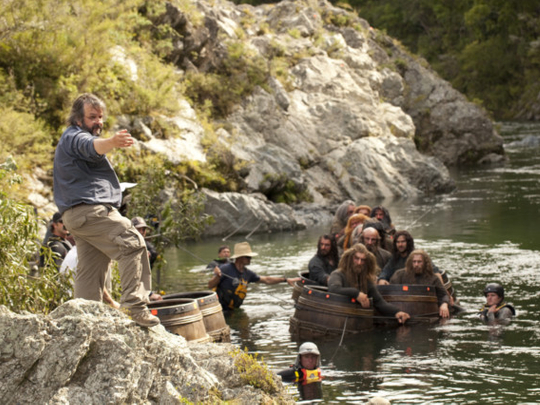
When Peter Jackson and Warner Bros. opted to make The Hobbit in three films (the third, The Hobbit: There and Back Again, is set for release Dec. 17, 2014.), a feeling of Hobbit overdose — and claims of overreaching — began to surround the project. An Unexpected Journey made another $1 billion (Dh3.67 billion), but it was derided for its lengthy running time (182 minutes), its prolonged introduction of characters and its innovative use of 48 frames-per-second, double the industry standard. Jackson had already broken new ground with technical effects like the motion-capture technique used to create the hobbit mutant Gollum, and he hailed the higher frame rate as the future of filmmaking — a sharper image that could attract moviegoers like 3D had.
But the 48 fps wasn’t well received. Critics said the film seemed overamplified and that the increased clarity yielded a discombobulating hyper-realism that contrasted poorly with the set design.
With The Desolation of Smaug, Jackson hopes to be righting the Hobbit ship. But he’s resolutely sticking with 48 fps as the definitive way to see the movie: “It’s by far the best way to see it,” he says.
Yet Jackson and Warner Bros have declined to show film critics Jackson’s preferred version, instead only screening in advance the film in 24 frames-per-second.
“I was part of that decision,” says Jackson. “We did feel that last year, we split focus in a way. People were reviewing the frame rate as well as reviewing the movie. I felt the technology dominated.”
The director, though, says he’s also worked to improve how the higher frame rate feels.
“I spent a lot of time in the colour-grading room really putting my head into how we make the 48 not have a video feel,” says Jackson. “Some of the criticism of the 48 frames was not actually to do with the frame rate per se, which is just making it easier on your eyes, reducing motion blur. It was to do with the fact that it felt like TV, like soap opera.”










